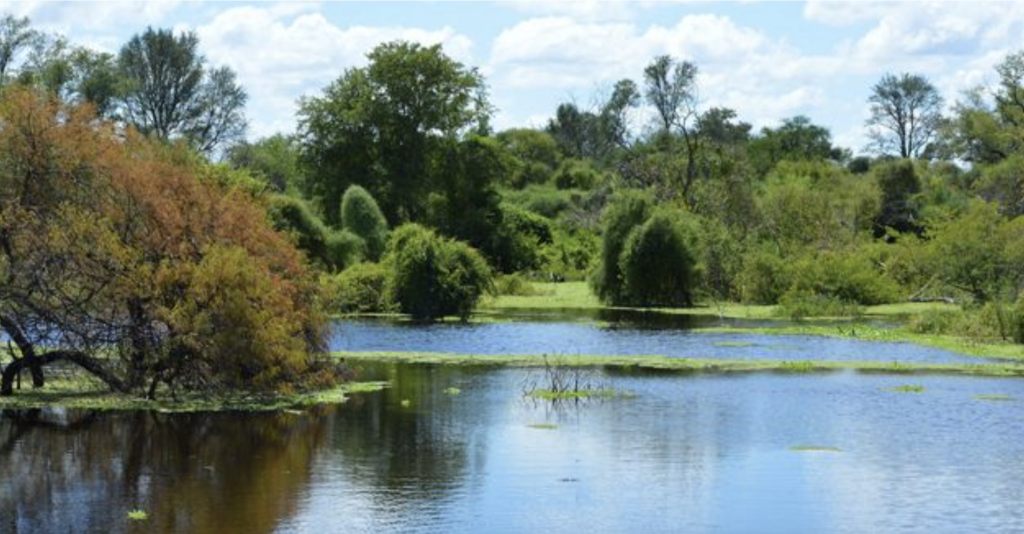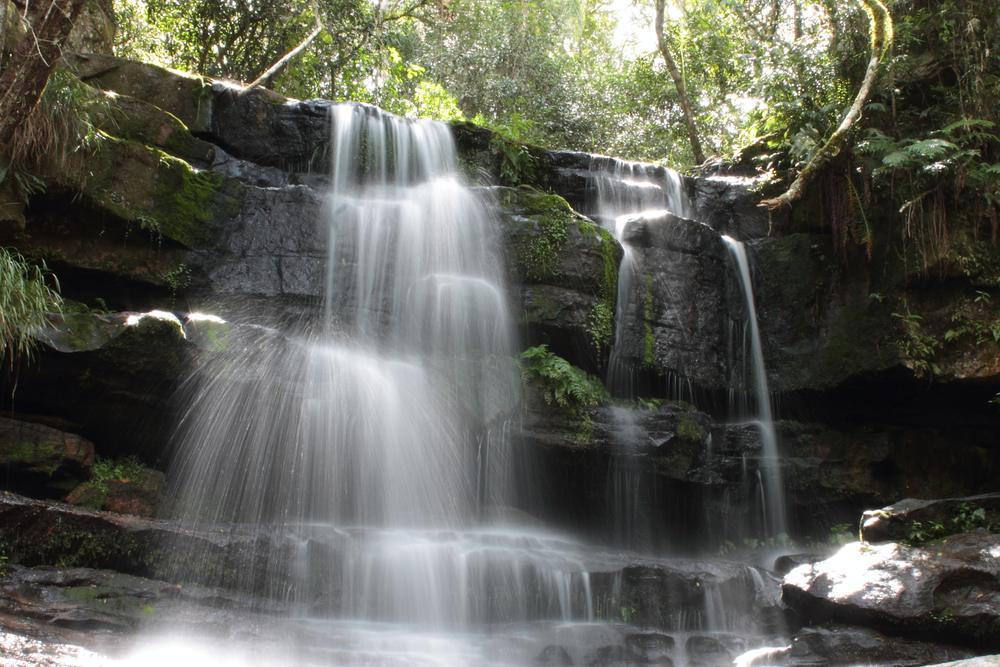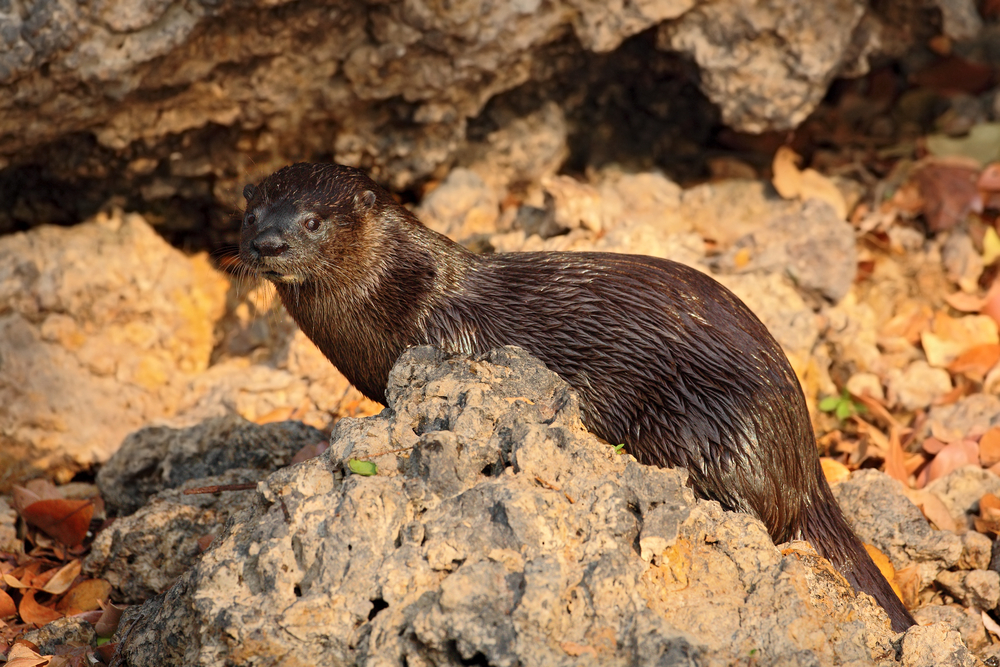Ypoá Overview
Ypoá National Park, known locally as Parque Nacional Ypoá, is a protected area in southwestern Paraguay, covering approximately 4,500 square kilometers (1,737 square miles). Situated in the departments of Paraguarí, Central, and Ñeembucú, the park is a vast and ecologically rich wetland system that plays a crucial role in Paraguay’s biodiversity.
It is characterized by extensive marshes, lagoons, and grasslands interspersed with patches of dense forest, creating a mosaic of habitats that support a variety of wildlife. The region’s hydrology is dominated by the Ypoá Lagoon and several interconnected water bodies, which provide a sanctuary for both aquatic and terrestrial species. Seasonal flooding influences the landscape, contributing to the park’s lush vegetation and fostering a thriving ecosystem.
The park’s terrain is shaped by a combination of low-lying floodplains, rolling savannas, and scattered forested areas. Expansive wetlands, a defining feature of the region, serve as vital breeding and feeding grounds for numerous bird species.
Clusters of palm groves and gallery forests along riverbanks add to the park’s ecological diversity. The vegetation includes towering palms, such as the caranday (Copernicia alba), as well as thick grasses and aquatic plants that dominate the marshlands. The landscape transitions between seasonally flooded areas and drier grasslands, creating an ever-changing environment influenced by the region’s rainfall patterns.
Wildlife in Ypoá National Park is abundant, with many species adapted to the park’s wetland and savanna environments. Large mammals such as marsh deer, capybaras, and giant otters inhabit the waterways, while jaguars and pumas roam the denser forested regions. The park is particularly renowned for its birdlife, attracting ornithologists and nature enthusiasts.
Waterbirds like the roseate spoonbill, jabiru stork, and black-necked swan are frequently spotted in the lagoons, while raptors such as the savanna hawk and black-collared hawk soar above the grasslands. Reptiles, including caimans and anacondas, thrive in the park’s wetlands, adding to its diverse fauna.
One of the most popular features of Ypoá National Park is its extensive network of wetlands, which serve as a haven for wildlife and an essential hydrological system in the region. The vast lagoon system, particularly Ypoá Lagoon, is a prime location for birdwatching, offering visitors the chance to observe flocks of migratory and resident species.
The remote and pristine nature of the park makes it an attractive destination for eco-tourism, with activities such as wildlife observation, hiking, and photography providing immersive experiences in Paraguay’s natural beauty.
Canoeing through the park’s waterways offers a unique perspective on the diverse ecosystems, allowing visitors to navigate through dense aquatic vegetation and get close to the wildlife inhabiting the wetlands.
Conservation efforts in Ypoá National Park focus on protecting its fragile wetland ecosystems from human encroachment and environmental degradation. The park faces challenges such as illegal cattle grazing, deforestation, and the impacts of climate change, which threaten the integrity of its habitats.
However, successful conservation initiatives, including habitat restoration and strict regulation of activities within the park, have helped preserve its biodiversity. Collaborative efforts between conservation organizations and local communities aim to promote sustainable land use practices and strengthen environmental education to ensure the long-term protection of this valuable natural area.













































































